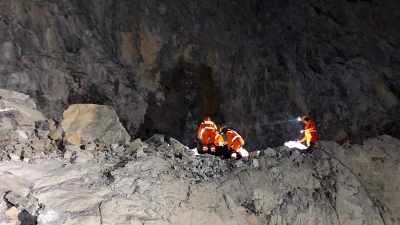Stay updated with the latest - Click here to follow us on Instagram
Govt to increase cattle biomass in Kutch
The Gujarat Institute of Desert Ecology and the Forest department in Kutch have teamed up to increase cattle biomass with an aim to prevent the migration of Maldharis (pastoral farmers) and to compensate for the 79 per cent fodder deficit in Kutch.
The Gujarat Institute of Desert Ecology (GUIDE) and the Forest department in Kutch have teamed up to increase cattle biomass with an aim to prevent the migration of Maldharis (pastoral farmers) and to compensate for the 79 per cent fodder deficit in Kutch.
According to GUIDE,the main occupation of Maldharis is rearing indigenous breed of cattle and livestock. But with only 35 per cent availability of biomass,they are left with no other alternative but to migrate.
Kutch Conservator of Forest,R L Meena,said: Fifty thousand Maldharis live in the protected Banni grasslands alone. But the biomass for livestock is always deficient as the area is dry. The migration happens in south Gujarat if there is drought,but it happens in other areas too. Even though we have grass godowns,we cant compensate for the deficiency all the time.
He added: Thats why we have decided to plant three important grass species in 80,000 hectares of land out of the total 2.50 lakh hectares in Banni area. GUIDE is a research organisation that conducts surveys in the arid zones. It is helping us with this project in Kutch.
Guide became functional in 1994 and is associated with the Gujarat Ecology Commission.
Vijay Kumar,Director,GUIDE,said: At present,65 per cent of the grass cannot be grazed by the livestock. To develop the biomass,we have tied up with the Forest department for planting three species: Cencrus,Sporocolous and Dicanthium annulatum. These species serve as potential fodder for cattle in Gir and Kankrej,indigenous buffalo of Kutch called kuldi,and livestock.
He added: Already we have been successful in producing high biomass in a part of Banni. That area used to bear 248 kilogram/hectare grass before,but now has an output of 36,000 kilogram/hectare grass.
Kumar further said that one can think of having milk cooperatives only if the biomass potential of this grassland would increase,and which is why the step has been taken. This would also prevent land degradation,he said.







